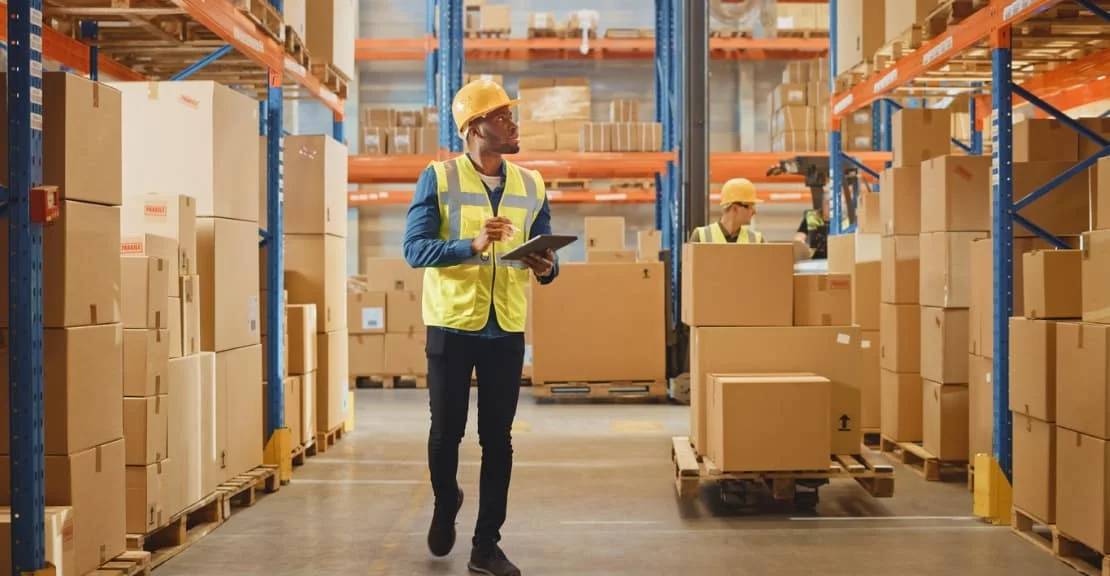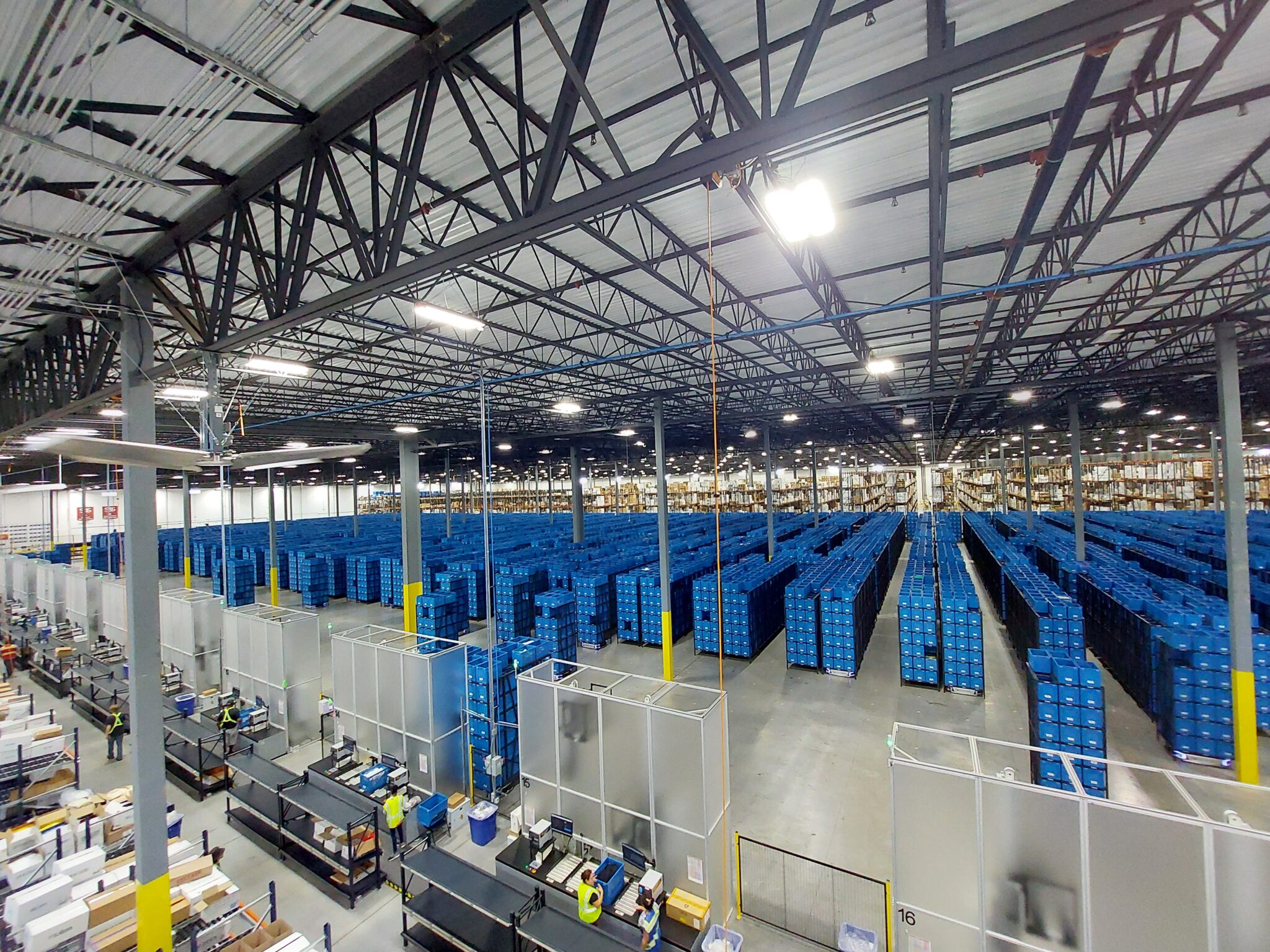Rufus Labs, Inc has launched Rufus AI, an AI tool powered by wearable technology, designed to optimize warehouse productivity. Rufus AI empowers warehouse operations managers to make data driven predictions enhancing operational efficiency, increasing productivity and boosting profitability for warehouses.
Rufus AI is a natural extension of Rufus Labs’ WorkHero dashboard. The dashboard presents real-time and historical data from multiple sources in the warehouse. Using Rufus AI, warehouse management can now interpret this data to enhance decision making capabilities, offering predictive analytics that will improve the day-to-day operational running of the warehouse.
“AI has the potential to significantly benefit the supply chain sector,” said Gabe Grifoni, CEO of Rufus Labs. “At Rufus Labs, we’re committed to empowering our customers with valuable data. Now, with Rufus AI integrated into the WorkHero dashboard, the tool instantly and intelligently analyzes and interprets that data. It’s as if we’ve installed a Data Analyst in every warehouse.”
Using the power of Generative AI, combined with Rufus Labs’ experience and expertise in the supply chain, Rufus AI helps optimize peak planning, manage labor requirements and streamline overall warehouse efficiency.
“We spoke with customers about their data, and this is the tool they were crying out for,” continued Grifoni. “We have already doubled warehouse productivity with Rufus WorkHero, but we wanted to go one step further. With Rufus AI we have deployed a tool that enables our warehouse customers to make predictions that are tailored to their business needs and warehouse operations. This will allow the whole supply chain to become even more efficient.”
“In the short time we have been using Rufus AI it has already been a game changer for us,” said Derrick Vanover, Director of IT, BR Williams Trucking, who has been beta testing the innovative solution. “Thanks to Rufus we’ve always had access to the data we needed, but now we have a tool that can process this information for us in seconds and present it in multiple board-friendly formats. This provides us with the ability to convey critical insights clearly and effectively to our leadership team and make forward-looking decisions.”
Rufus AI is powered by OpenAI’s advanced ChatGPT4 technology. In collaboration with Heft IQ, specialists in AI-driven, supply chain analytics, Rufus Labs has harnessed its extensive industry experience to deploy the first specialized, generative AI tool designed specifically for warehouse barcode scanning technology.
“Rufus AI is a great tool and we’re proud of our involvement in it. We create advanced tools for decision making in the supply chain and logistics sector and working with Rufus Labs on Rufus AI felt like a natural extension of that,” said Learie Hercules, CEO at Heft IQ. “Rufus AI creates a big shift in how warehouses can use their own data to improve their business decision making.”
Rufus AI analyzes the user’s individual data from their warehouses, to offer incredibly powerful predictions and recommendations. Users access Rufus AI through a generative AI interface, using typed questions and prompts or voice requests.
“AI represents the future of industry and can deliver so many benefits,” said Grifoni. “We have now brought this advanced functionality into the supply chain, and we’re excited to see the massive advantages it will deliver.”
similar news
Transporeon Reveals Data-driven Future of Transport Logistics














